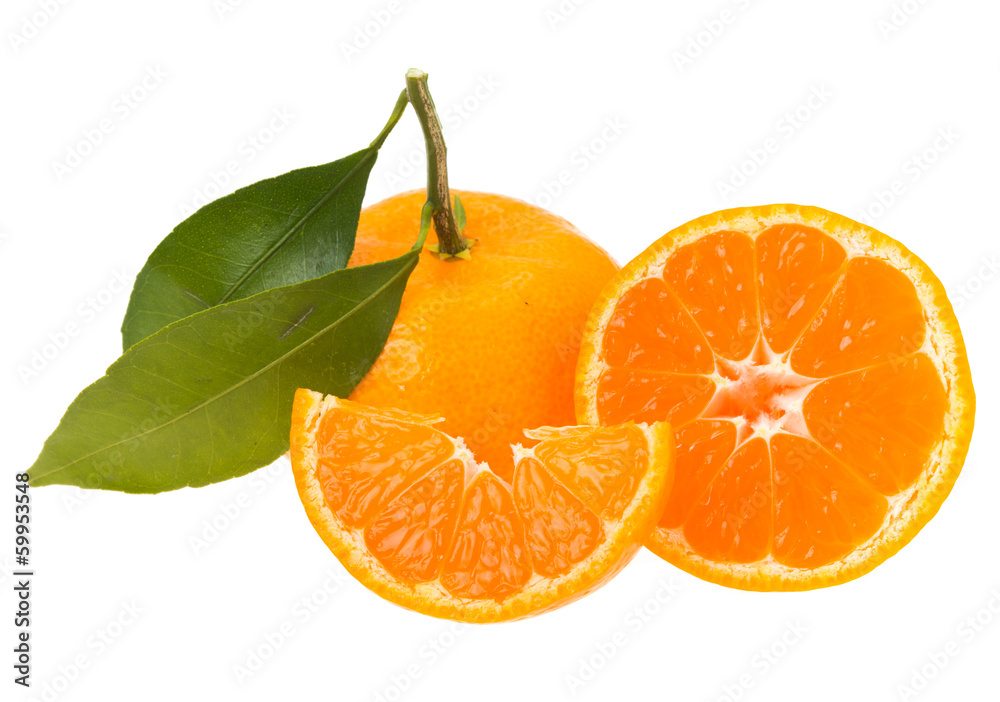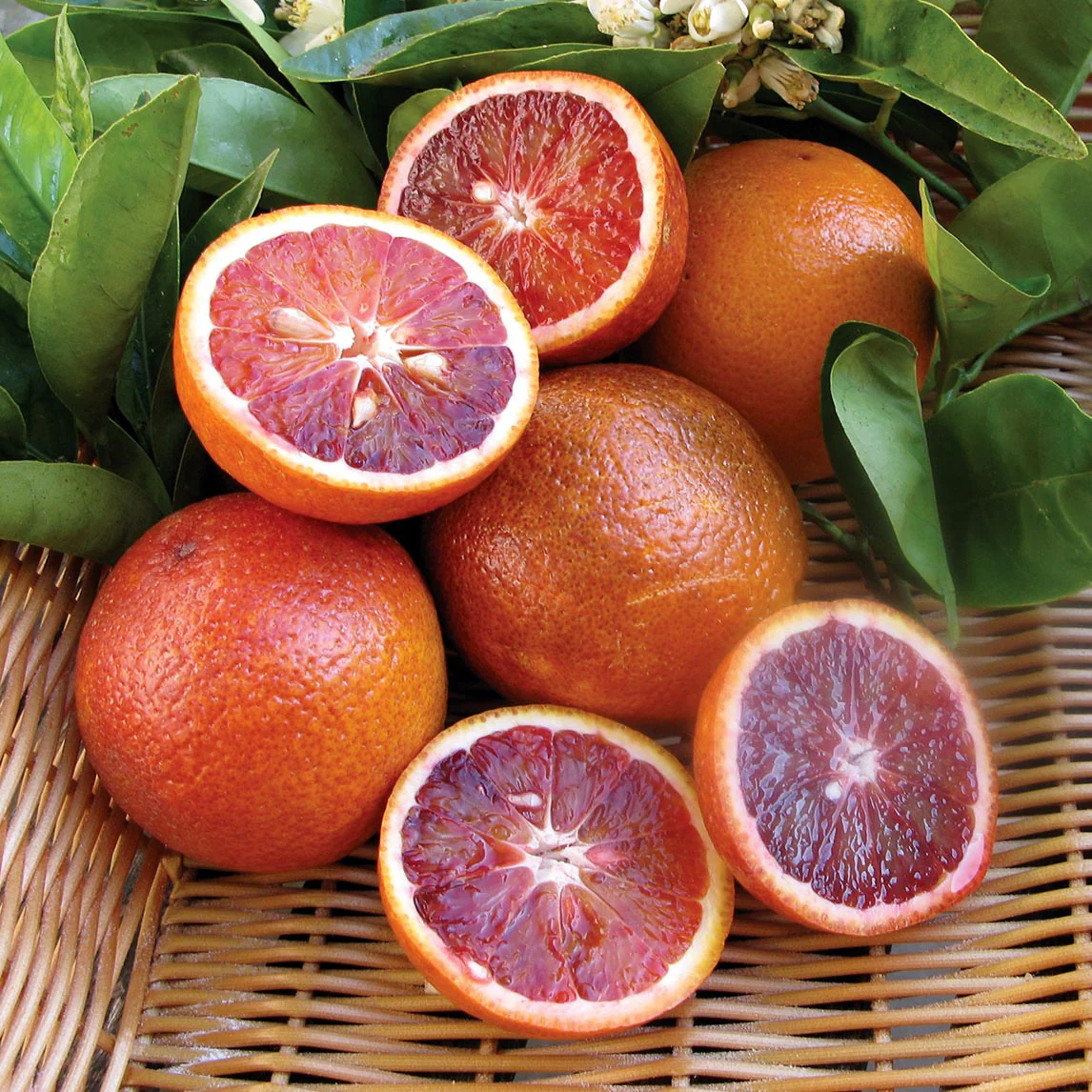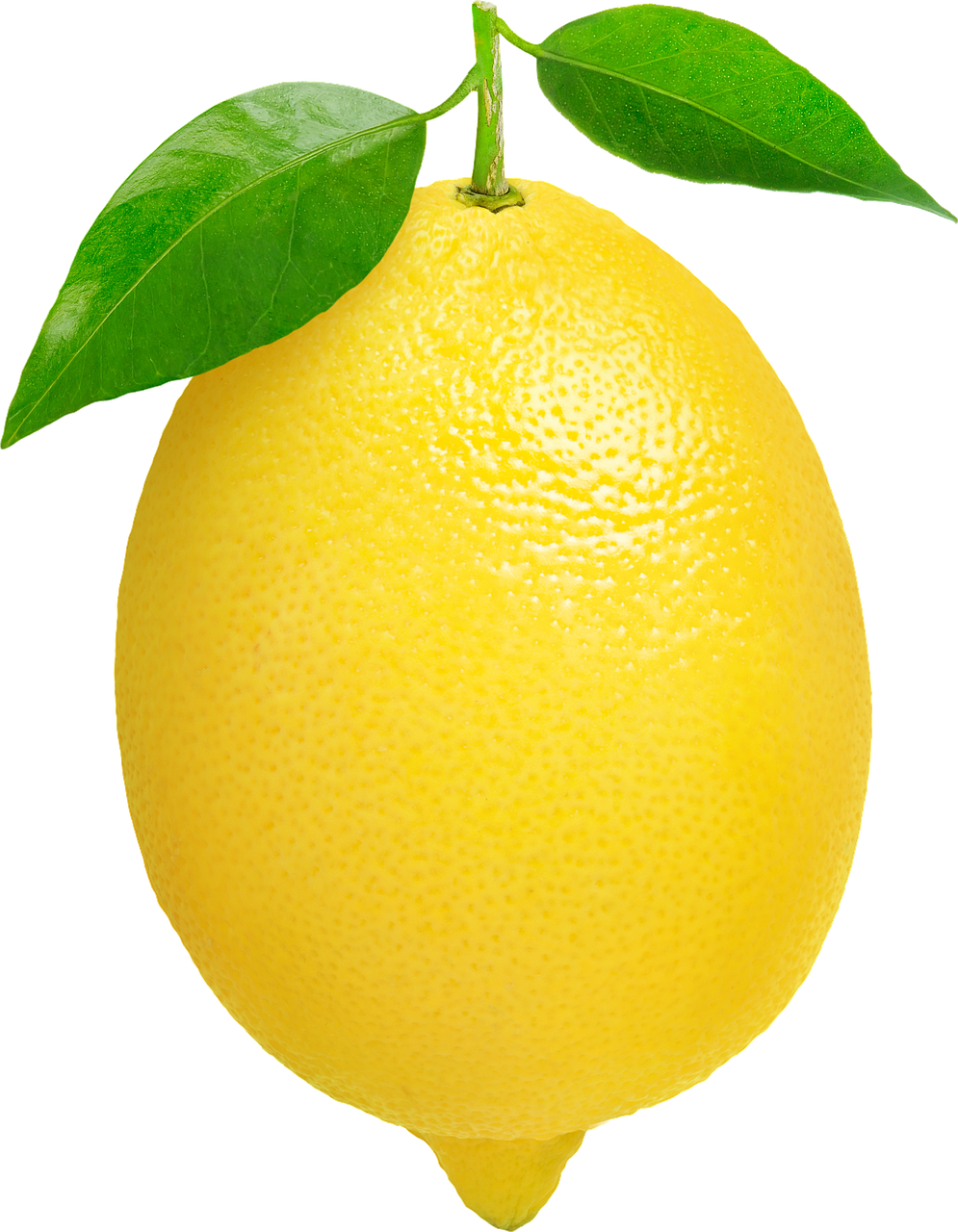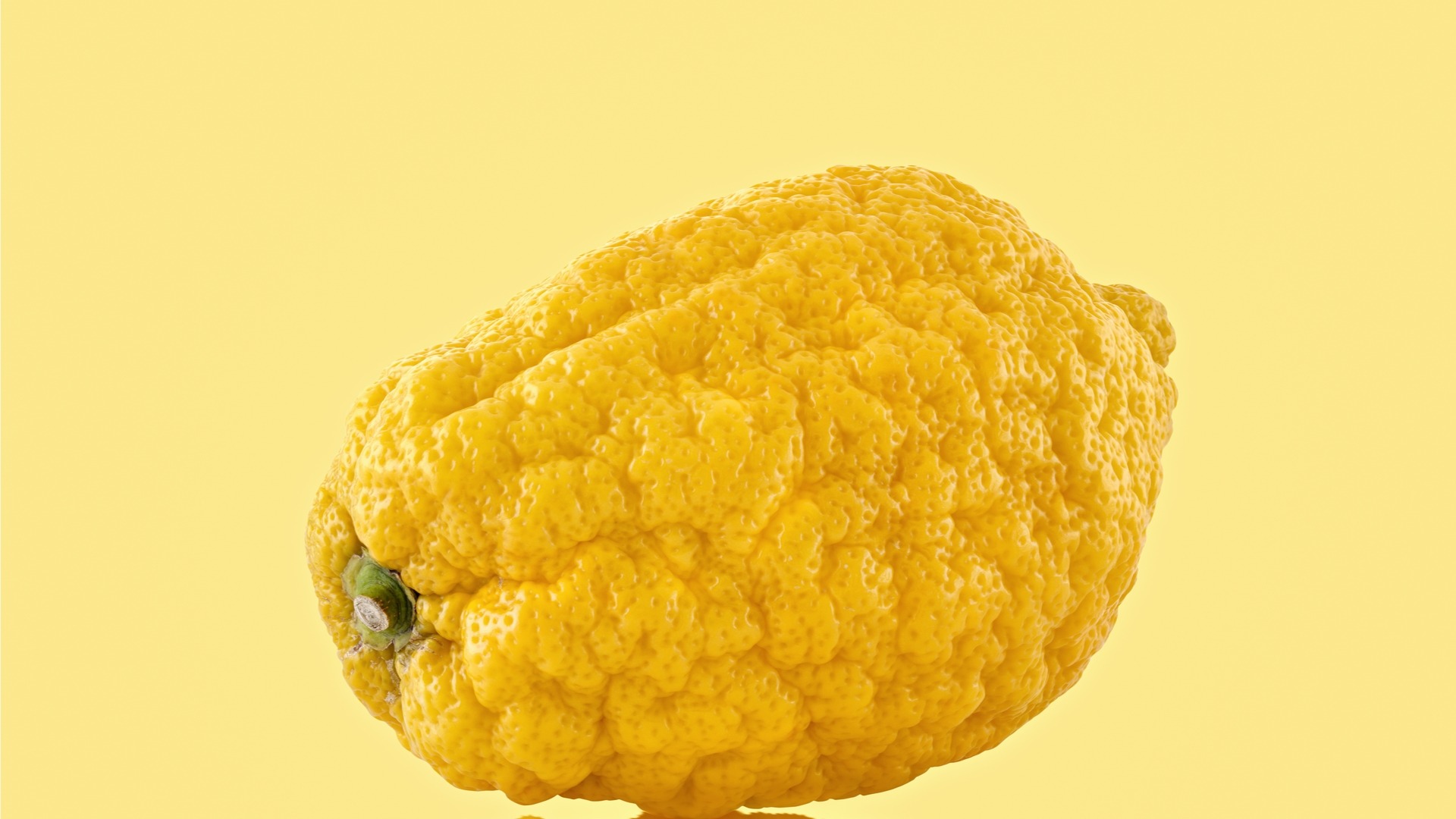Shiranui / Dekopon (Citrus unshiu × Citrus sinensis × Citrus paradisi): Fruit Characteristics, Variety Traits, Nutrition, and Distribution
Shiranui (scientific name: Citrus unshiu × Citrus sinensis × Citrus paradisi) is a hybrid citrus variety from Japan, often referred to as “Dekopon” or “Shiranui.” It is recognized for its distinctive bumpy top and rough skin texture. This fruit results from crossing Satsuma mandarin with sweet orange and grapefruit.
Fruit Characteristics
The Shiranui fruit stands out for its unique shape—typically flattened with a noticeable bump on top that looks like a small cap. Medium-sized at around 8-12 cm in diameter, it has thick, rough skin that ranges from orange-yellow to orange-red in color. While easy to peel compared to other varieties like Satsuma mandarin, it is not as smooth. Inside, the segments are soft and juicy, with an exceptionally sweet taste balanced by low acidity; it also carries a strong citrus fragrance. Generally considered one of the finest citrus fruits available due to its distinct flavor profile, Shiranui usually has little to no seeds.
Variety Traits
A late-ripening variety, typically maturing in winter months, Shiranui boasts good cold tolerance and adaptability. Known for its high sugar content coupled with moderate acidity levels—resulting in an extremely sweet taste—it can be easily identified by its unique bump on top. Given these qualities and its exceptional flavor profile, it is no surprise that Shiranui commands higher prices within markets while being highly sought after by consumers.
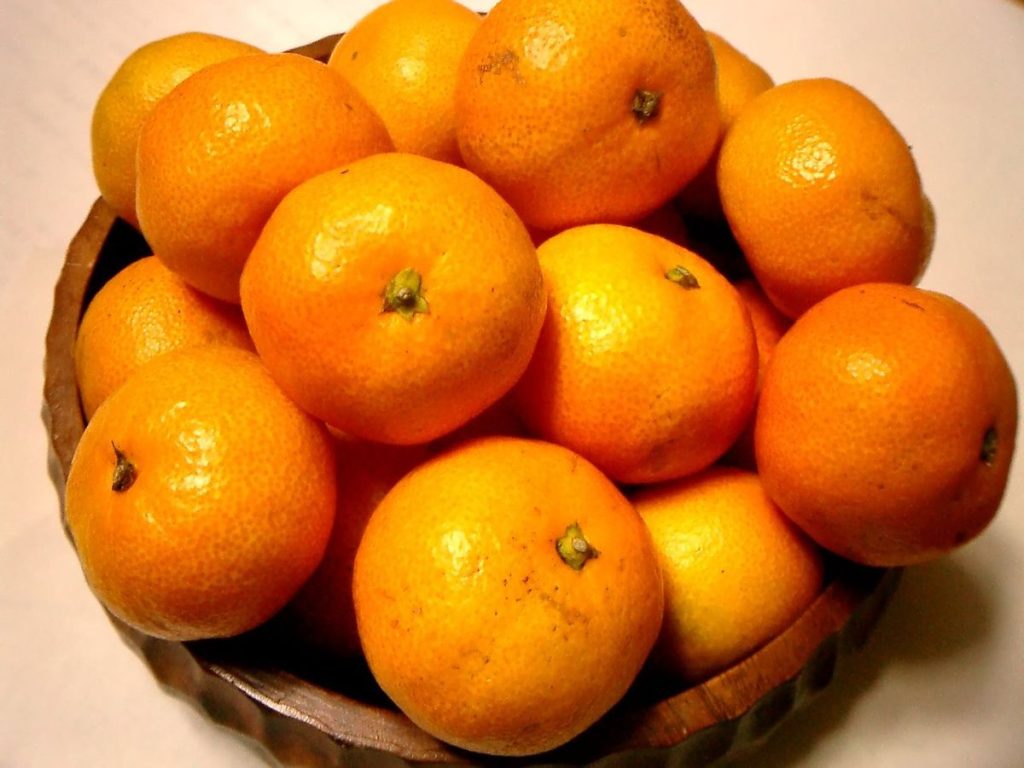
Nutritional Value and Potential Benefits
Shiranui is rich in nutrients such as Vitamin C, Vitamins A and B complex, potassium, and dietary fiber. It is also packed with antioxidants, including flavonoids.
Regular consumption may boost immune function, aid digestion, support cardiovascular health, and provide antioxidant protection. Thanks to its high natural sugars, it can also offer quick energy boosts when needed most.
Distribution and Cultivation
Originally hailing from Japan, with major growing regions located within Kumamoto Prefecture, the superior quality associated with this fruit has led to its cultivation globally across regions such as China, Korea, the USA (California), Australia, and others. It thrives best under warm, humid conditions featuring ample sunlight and well-drained soils. Where propagation primarily occurs by grafting methods, it is especially prevalent throughout Chinese provinces such as Sichuan and Yunnan, amongst others.
